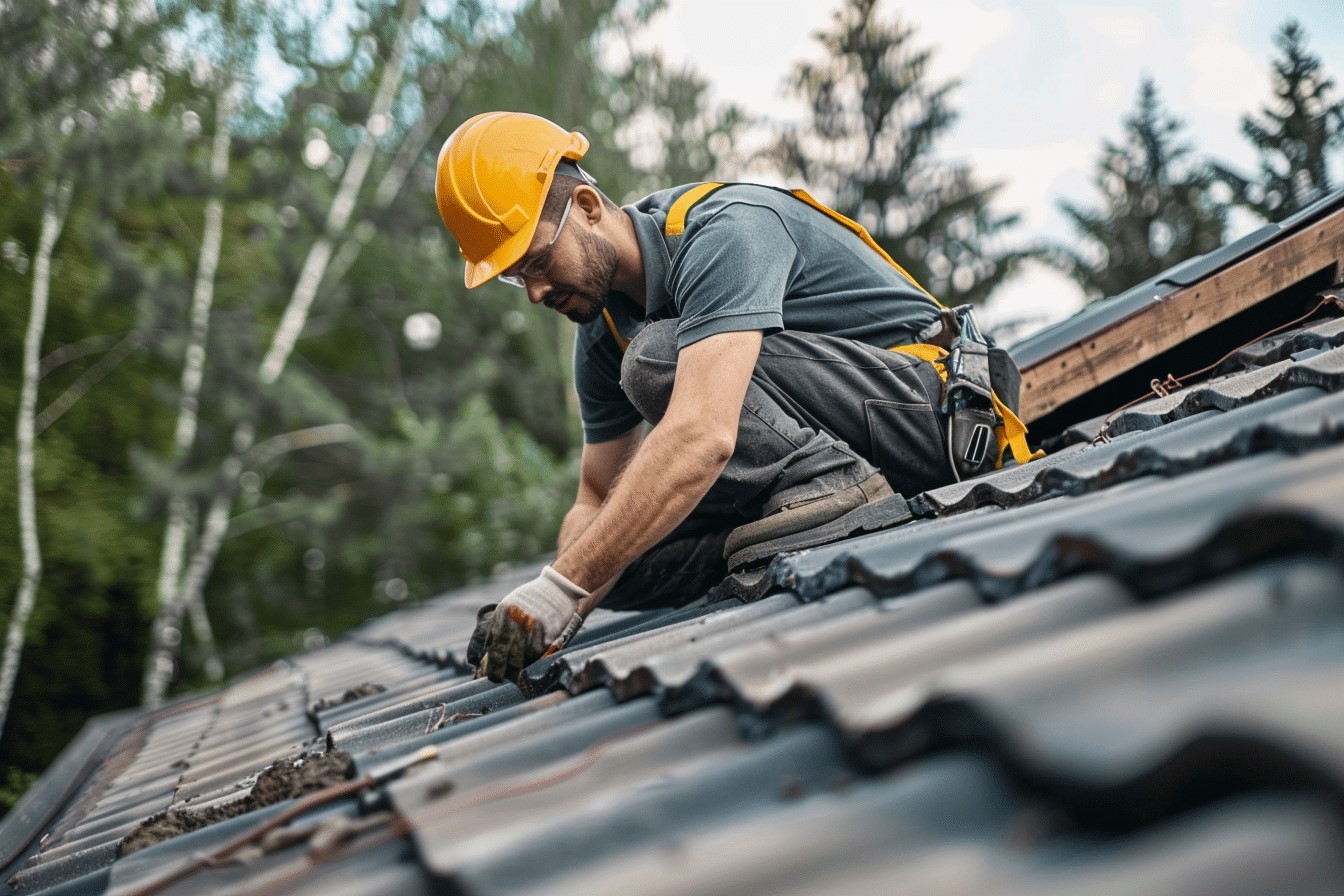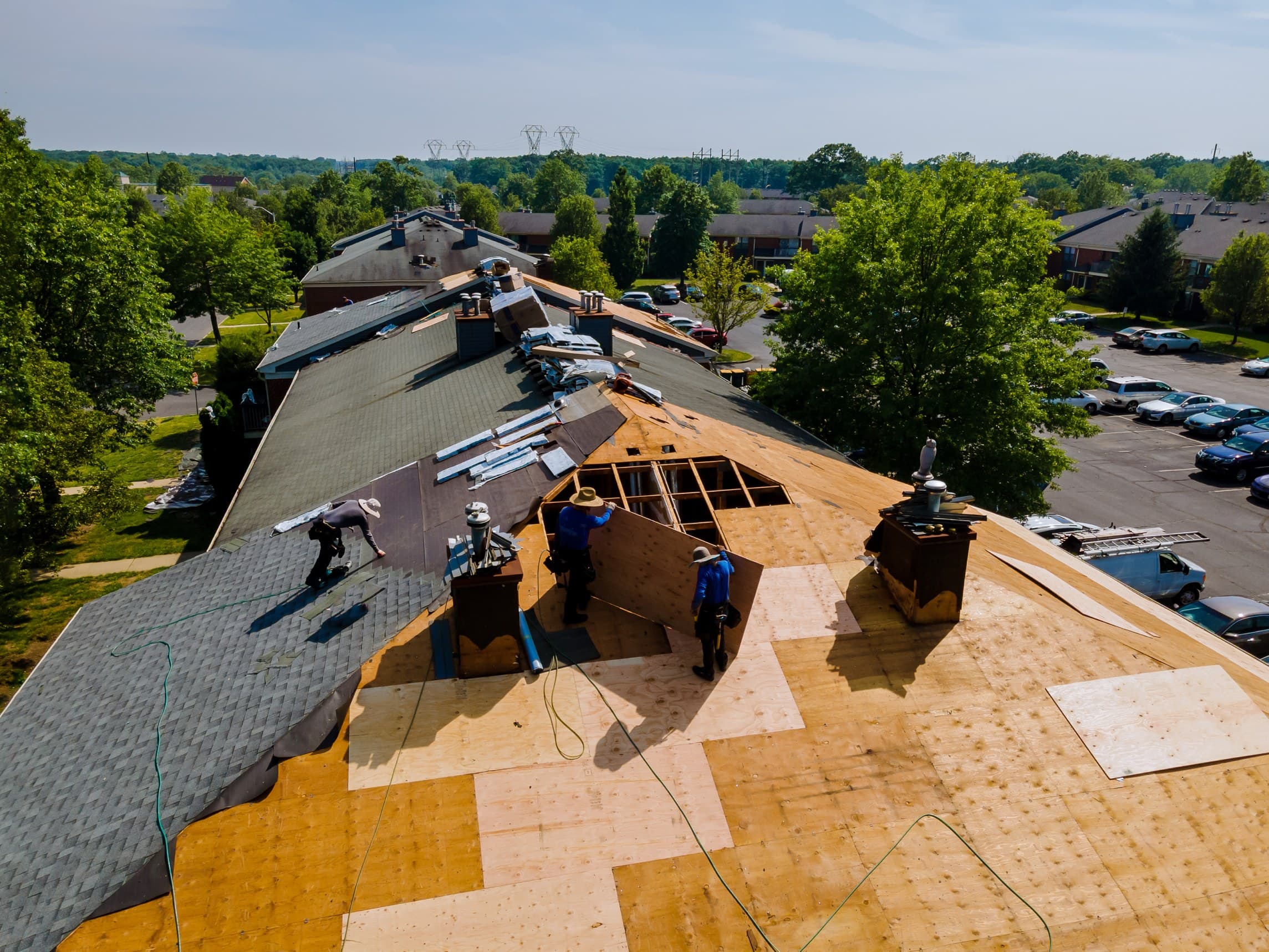In the ever-evolving landscape of the UK housing market, being a landlord presents both a significant opportunity and a set of challenges that require careful navigation. The recent changes in legislation, the economic climate, and the intricacies of tenancy agreements make it crucial for landlords to stay informed and adaptable. This article aims to provide a comprehensive overview, touching upon the latest news, financial considerations, and the essentials of managing tenancy agreements.
Navigating the Latest News
The UK housing market is frequently subject to legislative changes and economic shifts that can impact landlords. Recent developments have focused on enhancing tenant protections and ensuring rental properties meet high standards of habitability. For instance, the introduction of the Renters’ Reform Bill has been a topic of considerable discussion, proposing significant changes such as the abolition of “no-fault” evictions under Section 21 and the establishment of a national landlord register. These changes underscore the importance for landlords to remain abreast of the news and understand how it affects their responsibilities and rights.
For the very latest
visit Landlord Knowledge
Financial Considerations for Landlords
The financial aspect of being a landlord extends beyond simply collecting rent. It encompasses understanding the tax implications of rental income, the costs of property maintenance, and the potential impact of mortgage interest rates. The UK government offers various tax reliefs for landlords, such as the ability to deduct mortgage interest and property maintenance costs from rental income before tax. However, the tax landscape is complex and subject to change, emphasizing the need for landlords to seek professional financial advice or use reliable financial services tailored for property investors. Additionally, with the Bank of England’s stance on interest rates affecting mortgage costs, landlords must strategize financially to safeguard their investments.
For
options visit Landlord Knowledge.
Mastering Tenancy Agreements
At the heart of the landlord-tenant relationship is the tenancy agreement. This legal document outlines the rights and responsibilities of both parties and serves as the foundation for a successful tenancy. A comprehensive tenancy agreement should cover aspects such as the duration of the tenancy, rent amount, payment schedule, and conditions for termination. It’s also crucial to include details on property maintenance, allowable use of the property, and procedures for handling disputes. With recent legislative changes, ensuring that tenancy agreements are up-to-date and compliant with current laws is more important than ever. This not only protects the landlord but also fosters a positive relationship with tenants.
Landlord Knowledge provides a
downloadable template in word format.
Conclusion
Being a landlord in the UK is a role that requires constant learning and adaptation. Staying informed about the latest news is essential for navigating legislative changes and understanding their implications for the housing market. Financial savvy is crucial for managing the economic aspects of property investment, from tax considerations to dealing with fluctuating mortgage rates. Finally, a well-crafted tenancy agreement is the linchpin of a successful landlord-tenant relationship, ensuring clarity and compliance with the law.
For landlords committed to their role, the challenges are matched by the potential rewards. By keeping informed, seeking expert advice, and fostering positive relationships with tenants, landlords can navigate the complexities of the housing market and build a profitable and sustainable property portfolio.




